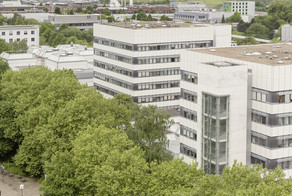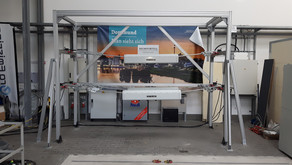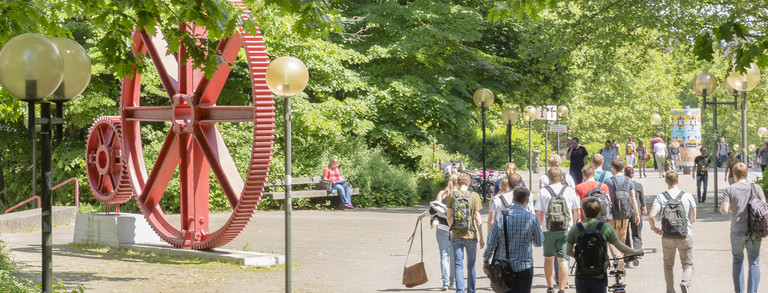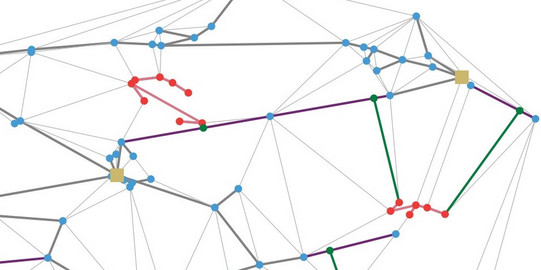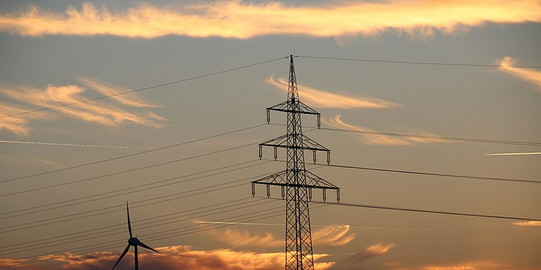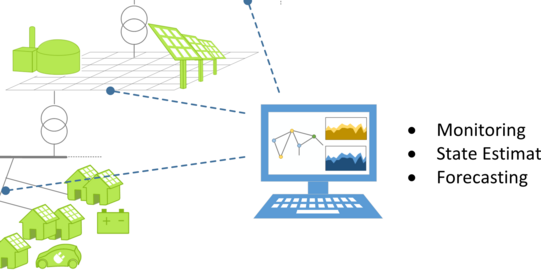Distribution Grid Planning & Operation
The main driving forces for a change in grid utilization in the distribution grids are the decentralized and fluctuating generation by renewable feed-in and the increasing number of electric vehicles. These cause increased stress and greater volatility in the operating behavior of distribution grids. As a result, new approaches to planning processes and the operation of distribution grids are required. New approaches in planning will have to represent complex interactions and interdependencies between the sectors and various stakeholders in the energy system. For that purpose, new methods for simulation and data-based modeling are of increasing importance. In addition, new operational strategies that enable efficient and reliable grid operation considering smart grid technologies and smart markets have to be investigated as well. Therefore, the real-time identification of operational states under uncertainty in high, medium, and low voltage levels needs to be ensured.
Student Projects
We regularly offer interesting thesis topics.
- They can be written in German and English
Research Areas
Projects
Our team is currently working on various projects that are being researched in a national and international context. The project partners are strong industrial partners, transmission system operators, distribution system operators, public utilities and universities. The duration of the individual research projects varies between one and five years. The further use of the developed tools and the gained conscience is also in the foreground and therefore survives the deadlines of the projects. Our goal is to carry forward and develop the generated knowledge.
The research work of our team is supported by various institutions.These include the European Regional Development Fund, ministries such as the Federal Ministry of Economics and Energy and many others

